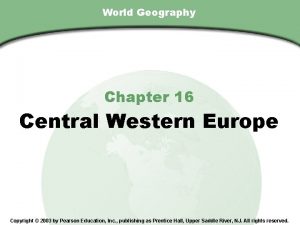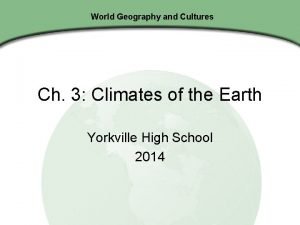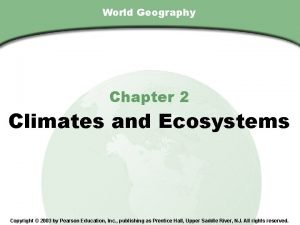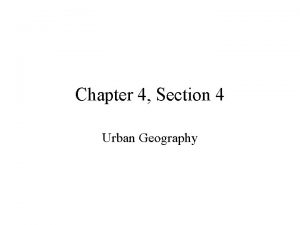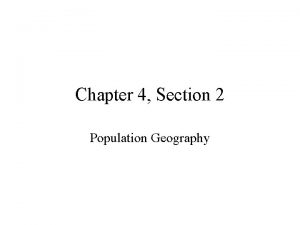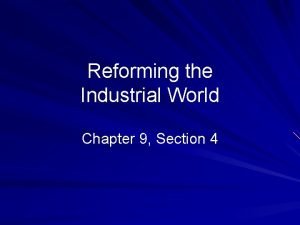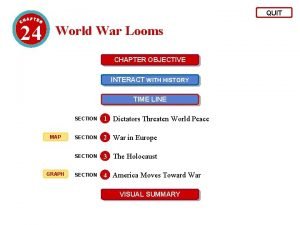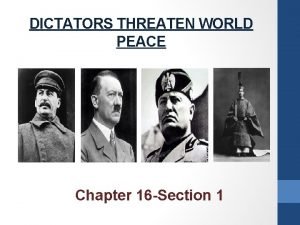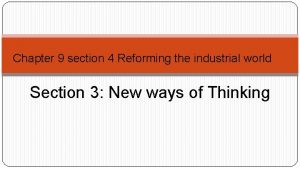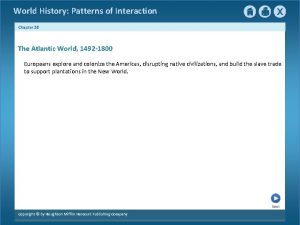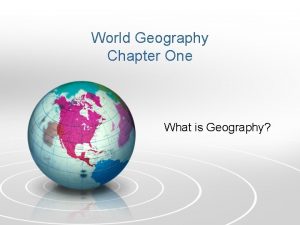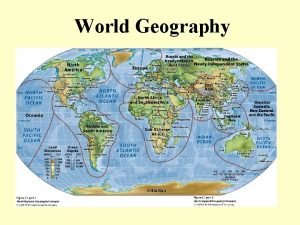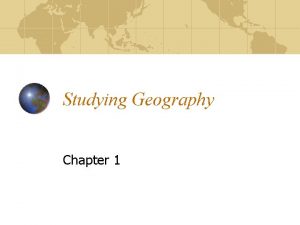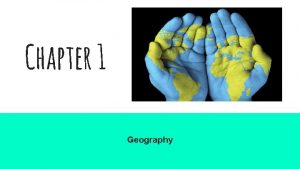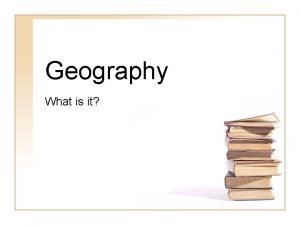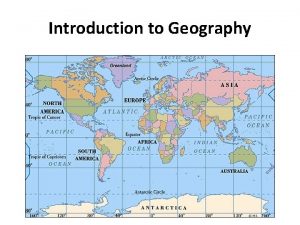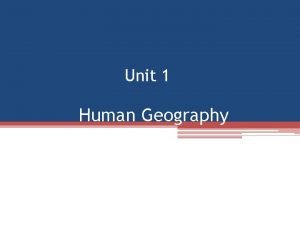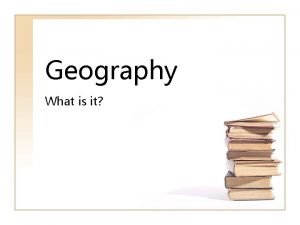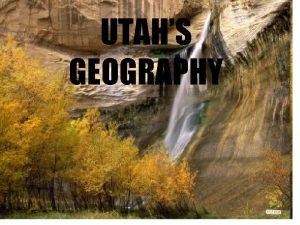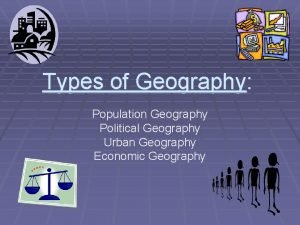Chapter 6 Section World Geography Chapter 6 A






















- Slides: 22

Chapter 6 , Section World Geography Chapter 6 A Profile of the United States Copyright © 2003 by Pearson Education, Inc. , publishing as Prentice Hall, Upper Saddle River, NJ. All rights reserved.

Chapter 6 , Section World Geography Chapter 6: A Profile of the United States Section 1: A Resource-Rich Nation Section 2: Nation of Cities Copyright © 2003 by Pearson Education, Inc. , publishing as Prentice Hall, Upper Saddle River, NJ. All rights reserved.

Chapter 6 , Section 1 A Resource-Rich Nation • How do natural resources promote the economic success of the United States? • Why are transportation and communication the keys to economic development? • How does respect for individual freedoms encourage economic growth?

Chapter 6 , Section 1 An Abundance of Natural Resources

Chapter 6 , Section 1 An Abundance of Natural Resources • • The United States is a wealthy nation, with the world’s highest gross national product (GNP), or total value of a nation’s output of goods and services. Land is one of the United States’ most abundant natural resources. Nearly half of the land in the country, other than Alaska, is used for raising crops or animals. Forests provide material for a wide array of products. Oil, natural gas, and coal are vital to the energy supply and economy, but they are in limited supply.

Chapter 6 , Section 1 Transportation and Communication • The development of steamboats, canals, and railroads made moving goods cheaper and quicker during the 1800 s. • The development of the automobile and diesel engine heralded the next revolution in transportation. • In the 1950 s, an interstate highway system began to be built to link major cities across the country. • The telegraph revolutionized communication. • The Internet, telephones, satellites, and other forms of telecommunication, or communication by electronic means, are becoming increasingly important to doing business.

Chapter 6 , Section 1 Respecting Individual Freedoms • The political system of the United States has been vital to the economic success of the country. • The government established in 1789 reflected a shared belief in individual equality, opportunity, and freedom. • These ideals supported an economic system based on capitalism, or free enterprise. • One of the notions behind free enterprise is the belief that any hardworking individual can find opportunity and success in the United States.

Chapter 6 , Section 1 Review The United States produces one fifth of the world’s supply of a) coal. b) zinc. c) petroleum. d) copper. Which invention revolutionized communication in the 1800 s? a) steam engine b) telegraph c) printing press d) Internet Want to connect to the World Geography link for this section? Click Here!

Chapter 6 , Section 1 Review The United States produces one fifth of the world’s supply of a) coal. b) zinc. c) petroleum. d) copper. Which invention revolutionized communication in the 1800 s? a) steam engine b) telegraph c) printing press d) Internet Want to connect to the World Geography link for this section? Click Here!

Chapter 6 , Section Guided Reading Answers Section 1 • 1. abundant land with rich soil • 2. forests • 3. mineral resources, especially fossil fuels such as coal, oil, and natural gas • 4. steamboats and canals in early 1800 s • 5. steam-powered railroads in mid-1800 s; automobiles in 1890 s; interstate highway system in mid-1900 s • 6. telegraph in mid-1800 s; telephone in 1870 s; telecommunication today • 7. belief in individual equality, opportunity, and freedom; belief that individuals acting in their own interest may also serve interests of others • 8. economic system based on capitalism, or free enterprise

Chapter 6 , Section • 9. the total value of a nation’s output of goods and services, including the output of domestic firms in foreign countries and excluding the domestic output of foreign firms • 10. artificial waterway • 11. communication by electronic means • 12. an economic system that allows individuals to own, operate, and profit from their own businesses in an open, competitive market

Chapter 6 , Section 2 A Nation of Cities • How have metropolitan areas in the United States been affected by changes in transportation technology? • Why have many Americans migrated to the South and West? • How do cities interconnect with smaller towns based on function and size?

Chapter 6 , Section 2 Metropolitan Areas and Transportation • • • A metropolitan area comprises a major city and its surrounding suburbs, and it might also include nearby smaller communities. The value of a city’s location is affected by changes in transportation. Canals and railroads provided new links between cities, and cities along railroads grew as a result. Automobiles gave Americans new freedom to travel anyplace where there were roads. The increased availability of automobiles and public transportation such as trolleys, subways, and railroads allowed people to travel longer distances to work. Suburbs grew as people and businesses moved to the fringes of cities.

Chapter 6 , Section 2 The Impact of Migration • Advances in transportation technology allowed people more freedom to select where businesses would operate and where they would live. • Many people now choose locations they feel have the best possible surroundings. • Cities in the South and West, where winters are less severe, have flourished. • Other large population centers have maintained their positions because they offer many jobs and varied activities.

Chapter 6 , Section 2 Cities and Towns

Chapter 6 , Section 2 Cities and Towns • • • Urban places are often discussed in terms of hierarchy, or rank, according to their function. A large city is called a metropolis and has large hinterlands, or areas of influence. A metropolis provides many cultural and economic services to its hinterlands. Smaller cities have a more limited range of activities and smaller hinterlands. Small towns and villages provide limited, basic services.

Chapter 6 , Section 2 Review What transportation technology has promoted the growth of suburbs? a) railroads b) canals c) automobiles d) steamboats The area of influence of a city is called its a) region. b) hierarchy. c) hinterland. d) metropolitan area. Want to connect to the World Geography link for this section? Click Here!

Chapter 6 , Section 2 Review What transportation technology has promoted the growth of suburbs? a) railroads b) canals c) automobiles d) steamboats The area of influence of a city is called its a) region. b) hierarchy. c) hinterland. d) metropolitan area. Want to connect to the World Geography link for this section? Click Here!

Chapter 6 , Section Guided Reading Answers Section 2 • 1. The building of the Erie Canal led to the growth of such cities as Buffalo, Cleveland, Detroit, and Chicago • 2. The building of railroads made Chicago the largest city in the Midwest because it had the best location on the railroad network. • 3. The invention of the automobile, which made it possible for people to travel longer distances to work, led to the growth of suburbs. • 4. Cities in the South and the West are flourishing because many people prefer to live where the winters are less severe. • 5. New industries along the Gulf coast, as well as cultural attractions, have helped New Orleans regain importance. • 6. New York, Chicago, and other large cities have maintained their importance because they offer many jobs and varied activities.

Chapter 6 , Section • 7. The nation’s largest cities-such as New York, Chicago, and Los Angeles-serve hinterlands that consist of the entire nation and even much of the world. • 8. Regional metropolises such as Atlanta, Denver, Minneapolis-St. Paul, and San Antonio have much smaller hinterlands. • 9. Cities such as Des Moines, Nashville, and Lubbock have a more limited range of activities and even smaller hinterlands. • 10. a major city and its surrounding suburbs • 11. rank • 12. the area influenced by a city or a town

Chapter 6 , Section Reviewing Main Ideas • 1. The US grew quickly as a result of its abundant natural resources, including land, forests, coal, oil, and natural gas. • 2. The canals and railroads that were built in the US in the 1800 s increased trade and thus stimulated the country’s economic growth. • 3. Improved communication systems, from the telegraph in the 1800 s to modern telecommunications, have played a major role in the economic growth of the US. • 4. The political system of the US, which stresses the value of the individual over the value of the state, greatly influenced the economic development of the country.

Chapter 6 , Section • 5. By 1890, cities in the US had become the centers of transportation and production. • 6. The large cities of the US grew for various reasons, including location and changes in transportation, economic activities, and popular preference. • 7. Modern transportation systems in the US allow people great freedom in selecting where to live and establish businesses. • 8. Cities serve hinterlands that vary in size.
 Chapter 16 world geography
Chapter 16 world geography World geography chapter 8 section 1
World geography chapter 8 section 1 World geography chapter 6 section 1
World geography chapter 6 section 1 World geography chapter 3 climates of the earth answers
World geography chapter 3 climates of the earth answers How does wind affect weather and climate
How does wind affect weather and climate World geography chapter 2 review answers
World geography chapter 2 review answers Chapter 4 section 4 urban geography
Chapter 4 section 4 urban geography Chapter 4 section 2 population geography
Chapter 4 section 2 population geography Ap human geography political geography frq
Ap human geography political geography frq 5 themes of geography ap human geography
5 themes of geography ap human geography Stateless nation
Stateless nation Ap world history chapter 25 africa and the atlantic world
Ap world history chapter 25 africa and the atlantic world Chapter 17 section 3 luther leads the reformation
Chapter 17 section 3 luther leads the reformation Chapter 30 section 2 world history
Chapter 30 section 2 world history Chapter 15 section 1 world history
Chapter 15 section 1 world history Reforming the industrial world chapter 9 section 4
Reforming the industrial world chapter 9 section 4 Chapter 25 section 4 reforming the industrial world
Chapter 25 section 4 reforming the industrial world Chapter 24 world war looms section 1 answers
Chapter 24 world war looms section 1 answers World history chapter 15 section 3
World history chapter 15 section 3 Chapter 16 dictators threaten world peace
Chapter 16 dictators threaten world peace Chapter 9 section 4 reforming the industrial world answers
Chapter 9 section 4 reforming the industrial world answers Chapter 24 world war looms
Chapter 24 world war looms Chapter 20 section 1 world history
Chapter 20 section 1 world history
